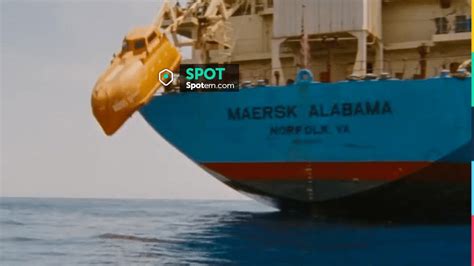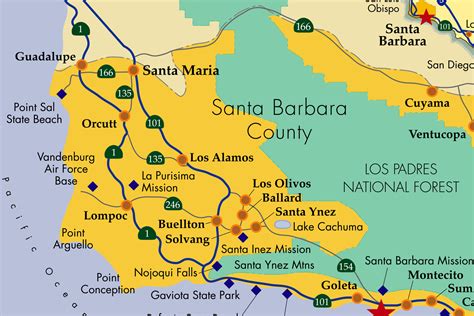The Maersk Alabama hijacking is a pivotal event in modern maritime history, evoking a complex mix of fear, resilience, and international intrigue. On April 8, 2009, the world watched in awe as the crew of the MV Maersk Alabama, a U.S.-flagged container ship, found themselves at the mercy of Somali pirates in the Indian Ocean. This daring act of piracy not only tested the mettle of the ship’s captain and crew but also highlighted the vulnerabilities of global shipping lanes and the escalating threat of piracy off the coast of Somalia.
At the heart of this story is Captain Richard Phillips, a seasoned mariner with years of experience navigating the treacherous waters of international trade. His leadership and the bravery of his crew would be tested in ways no one could have imagined as they sailed through the Gulf of Aden, a region notorious for pirate activity. The crew’s vigilance and preparedness were about to face their ultimate challenge.
The hijacking itself was a swift and daring operation. Somali pirates, using small, fast boats and armed with AK-47s and rocket-propelled grenades, approached the Maersk Alabama early in the morning. Despite the crew’s best efforts to evade them, the pirates managed to board the ship. What ensued was a tense standoff between the pirates, who were demanding a ransom, and the crew, who were using their training and resourcefulness to try and regain control of the vessel.
One of the most dramatic moments of the hijacking was when Captain Phillips offered himself as a hostage in exchange for the safety of his crew. This act of selflessness would become a defining moment of the ordeal, showcasing the depth of Phillips’ commitment to his crew. The pirates, however, had other plans, taking Phillips with them as they fled the ship in a lifeboat, leaving the crew to try and secure their vessel.
The subsequent rescue operation, involving the U.S. Navy, would mark a new chapter in the saga. The USS Bainbridge, a destroyer, was dispatched to the scene, followed by other naval assets, including the USS Halyburton and the USS Boxer. The situation was tense, with the U.S. Navy trying to negotiate the safe release of Captain Phillips while also considering more drastic measures to resolve the crisis.
On April 12, 2009, after days of standoff, the situation came to a dramatic head. U.S. Navy SEALs, operating from the USS Bainbridge, conducted a daring rescue, killing three of the four pirates and capturing the fourth. Captain Phillips was rescued, albeit slightly injured, in an operation that was hailed as a triumph of U.S. military prowess and a testament to the bravery and skill of the SEALs.
The aftermath of the hijacking saw a significant increase in international efforts to combat piracy in the region. The incident highlighted the need for more robust security measures for ships traversing pirate-infested waters and led to the deployment of more naval assets by various countries to protect maritime trade routes.
The story of the Maersk Alabama hijacking also found its way into popular culture, with the release of the film “Captain Phillips” in 2013, directed by Paul Greengrass and starring Tom Hanks as Captain Phillips. The movie brought the harrowing events to life on the big screen, earning critical acclaim and further cementing the incident’s place in the public consciousness.
In conclusion, the hijacking of the Maersk Alabama represents a critical moment in the ongoing struggle against maritime piracy. It underscores the bravery and resilience of seafarers in the face of danger and the importance of international cooperation in securing the world’s shipping lanes. As the global community continues to navigate the complex waters of international security and piracy, the story of the Maersk Alabama stands as a powerful reminder of the risks and rewards of life at sea.
What were the motivations behind the Somali pirates' hijacking of the Maersk Alabama?
+The motivations were primarily financial, as the pirates sought to secure a substantial ransom in exchange for the safe release of the ship, its crew, and Captain Phillips. The waters off Somalia have been a hotspot for piracy due to the country's instability and the potential for significant financial gain from ransoms.
How did the crew of the Maersk Alabama prepare for and respond to the hijacking?
+The crew underwent extensive training for such scenarios, which included drills on how to repel boarders and secure the ship. During the hijacking, they implemented these tactics, attempting to outmaneuver the pirates and protect themselves and the vessel. Their preparedness and adherence to protocols were key in minimizing the initial impact of the hijacking.
What international response was mounted to address the Maersk Alabama hijacking and the broader issue of piracy in the region?
+The international community responded with a concerted effort to increase security in the Gulf of Aden and off the coast of Somalia. This included the deployment of naval vessels from various countries to patrol the area, implement convoys for merchant ships, and engage in counter-piracy operations. The response also involved diplomatic efforts to stabilize Somalia and address the root causes of piracy.
In reflecting on the Maersk Alabama hijacking, it’s clear that the event serves as a prism through which we can view broader issues of global security, maritime safety, and the complexities of international relations. The incident not only tested the resilience of those directly involved but also challenged the global community to rethink its strategies for combating piracy and ensuring the safety of the world’s oceans.



